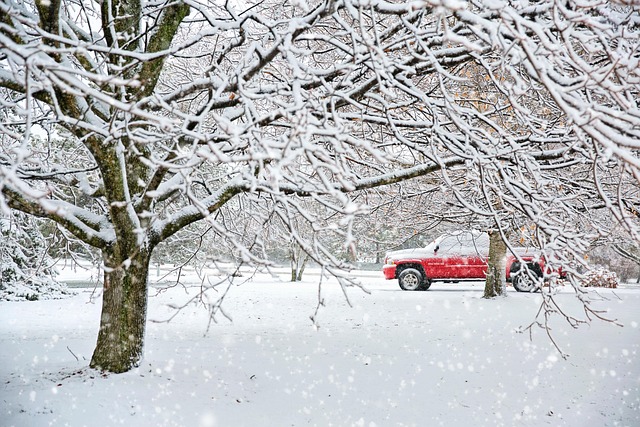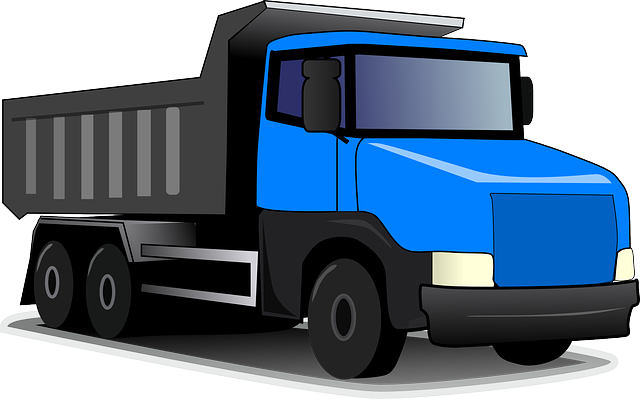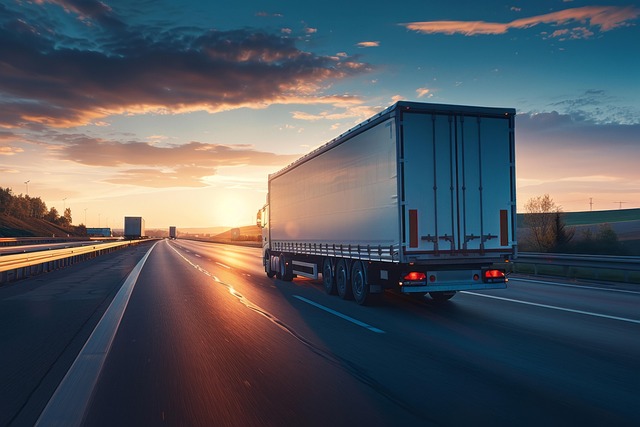In the trucking industry, managing risks associated with heavy equipment and cargo is crucial. Comprehensive heavy equipment insurance protects against theft, accidental damage, weather events, road conditions, driver error, and other vehicles. This coverage includes property damage protection, liability shielding, and cargo insurance. Best practices for safeguarding cargo include secure packaging, advanced tracking, strict loading procedures, regular inspections, and maintenance. Selecting an insurance provider with expertise in commercial trucking, tailored coverage, flexible policies, and excellent support is essential for effective risk management.
In the dynamic world of trucking, safeguarding expensive equipment and cargo is paramount. Understanding the multifaceted risks—from theft to damage and liability—is the first step. This comprehensive guide delves into the various types of heavy equipment insurance coverage available, offering essential best practices for protecting your assets. From selecting the right provider to implementing robust security measures, navigate these strategies to mitigate risks and ensure the integrity of your trucking operations.
- Understanding the Risks: Theft, Damage, and Liability
- Types of Heavy Equipment Insurance Coverage
- Protecting Your Cargo: Additional Measures and Best Practices
- Choosing the Right Insurance Provider for Your Trucking Business
Understanding the Risks: Theft, Damage, and Liability

The world of trucking involves significant investments in both vehicles and cargo, making it crucial to comprehend and mitigate associated risks. Without proper precautions, valuable heavy equipment and goods can be vulnerable to theft, accidental damage, or legal liability. According to industry experts, truckers often face challenges in securing their assets due to the nature of their work, which requires leaving equipment unattended or transporting valuable cargo over long distances.
Theft is a significant concern, with organized crime groups targeting isolated loading areas or unsecured vehicles. Damage can occur from various factors: weather events, road conditions, driver error, or even other vehicles during transport. Additionally, liability risks arise from incidents like property damage, personal injuries, or legal claims related to cargo loss or mishandling. Having comprehensive heavy equipment insurance is, therefore, an essential step in protecting trucking operations and ensuring financial security against these potential hazards.
Types of Heavy Equipment Insurance Coverage

When it comes to safeguarding expensive trucking equipment and cargo, understanding your heavy equipment insurance options is paramount. Heavy equipment insurance coverage typically includes several key components designed to protect against various risks associated with operating and transporting large vehicles and their valuable loads.
One crucial aspect is property damage coverage, which protects your equipment in case of accidents or natural disasters that result in physical harm. Additionally, liability coverage is essential, shielding you from financial losses incurred due to injuries or damages caused to others during the course of your trucking operations. Other valuable policies may include cargo insurance, ensuring the safety and security of the goods being transported, as well as specific coverage for mechanical breakdowns and routine maintenance expenses.
Protecting Your Cargo: Additional Measures and Best Practices

Protecting your cargo is an essential aspect of trucking operations, and it goes beyond simply securing loads during transit. For valuable and sensitive items, such as heavy equipment, additional measures are crucial to ensure their safe arrival at their destination. One of the primary steps is acquiring comprehensive heavy equipment insurance. This specialized coverage protects against potential losses or damages during transportation, offering peace of mind and financial security.
Best practices include employing secure packaging methods, using advanced cargo tracking systems, and implementing strict loading procedures. Regularly inspecting and maintaining your trucking equipment is also vital. By combining these strategies, you can significantly reduce the risk of damage, theft, or loss, ensuring that both your cargo and investment remain intact.
Choosing the Right Insurance Provider for Your Trucking Business

Selecting the appropriate insurance provider is a critical step in safeguarding your trucking business and its valuable assets, including heavy equipment and cargo. Look for insurers that specialize in commercial trucking and have an excellent track record in providing comprehensive coverage tailored to your specific needs. Heavy equipment insurance should cover various risks, from physical damage and liability to cargo loss or damage during transit.
When comparing options, consider factors such as policy limits, deductibles, and the reputation of the insurance company. Ensure they offer 24/7 customer support and have a proven track record of quick claims settlements. Additionally, seek providers who can provide flexible policies that align with your business’s seasonal fluctuations in workload, ensuring you’re not paying for unnecessary coverage during quieter periods.
Safeguarding your trucking business involves more than just operating your vehicles; it’s about protecting your significant investments in both equipment and cargo. By understanding the risks, exploring different types of heavy equipment insurance coverage, implementing robust protective measures for your cargo, and selecting a reputable insurance provider, you can ensure peace of mind and mitigate potential financial losses. Investing in comprehensive heavy equipment insurance is a strategic step towards securing your trucking business’s future and allowing it to thrive without constant worry.
